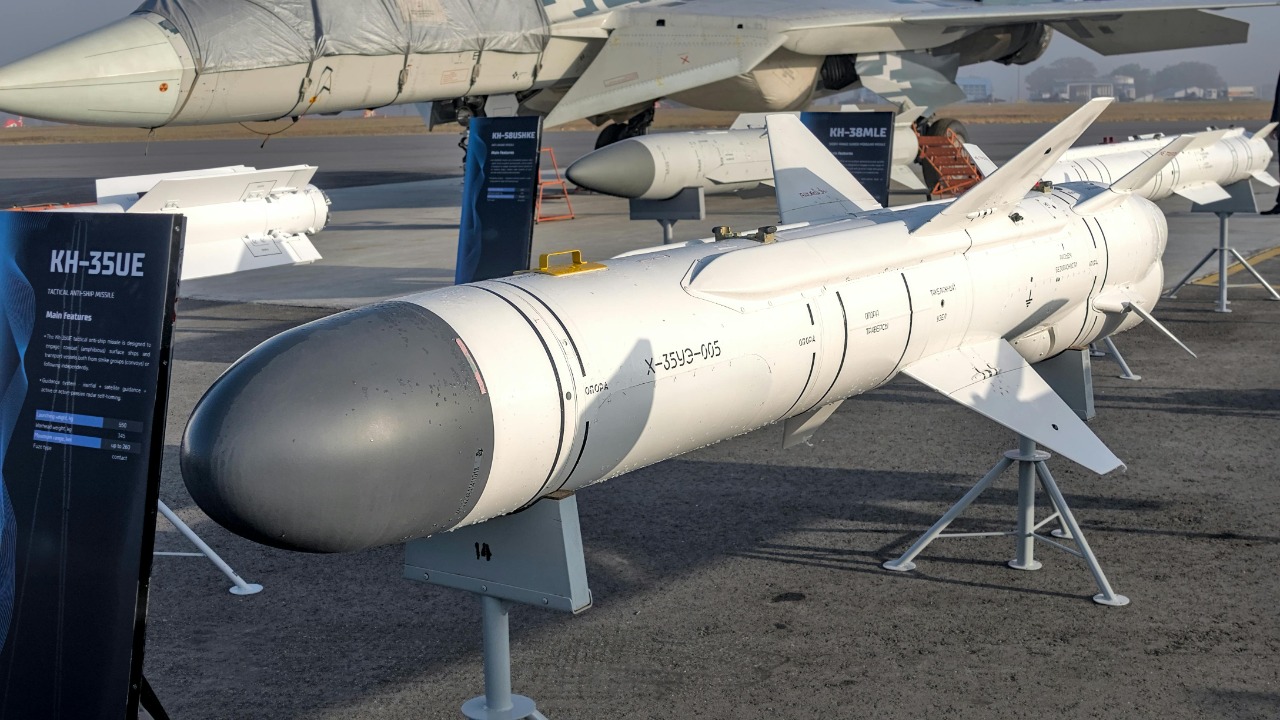
The Ragnarok, a new cruise missile developed by Kratos Defense & Security Solutions, is making waves in military technology with its impressive capabilities. This missile can strike targets up to 575 miles away while maintaining a cruising altitude of 35,000 feet. Priced at $150,000 per unit, the Ragnarok offers a cost-effective solution for enhanced standoff capabilities in modern warfare. Its name, drawing from Norse mythology and the Greek god Kratos, symbolizes a fusion of mythological power and cutting-edge military engineering aimed at delivering affordable precision strikes (Interesting Engineering).
Development Background
Kratos Defense & Security Solutions spearheads the development of the Ragnarok missile, focusing on creating a low-cost alternative to traditional cruise missiles. This initiative addresses the growing need for affordable munitions within the US military’s stockpiles. The project emerged in mid-October 2025, highlighting the strategic shift towards economical solutions in defense technology. By naming the missile “Ragnarok,” Kratos evokes the Norse mythological concept of the end of days, paired with “Kratos” from Greek lore, to symbolize destructive precision in combat scenarios (Autoevolution).
The development of the Ragnarok is part of a broader strategy to enhance the affordability of US military operations. By focusing on cost-effective production, Kratos aims to provide the US military with a reliable and scalable option for cruise missile deployment. This approach not only addresses budget constraints but also ensures that the military can maintain a robust arsenal capable of responding to various threats without incurring prohibitive costs.
Technical Specifications
The Ragnarok cruise missile boasts a confirmed range of 575 miles, enabling it to engage targets at significant distances without exposing launch platforms to enemy defenses. This capability is crucial for modern military operations, where maintaining a safe distance from hostile forces can be the difference between success and failure. Operating at altitudes of up to 35,000 feet, the missile can evade many ground-based defenses, enhancing its survivability and effectiveness in contested environments (Interesting Engineering).
Priced at $150,000 per unit, the Ragnarok is designed with low-cost production in mind, supporting mass deployment in US military operations. This price point makes it an attractive option for military planners looking to maximize their budget while maintaining a high level of operational readiness. The missile’s design emphasizes stealth and precision, ensuring that it can deliver effective strikes without being easily detected or intercepted by enemy defenses.
Strategic Capabilities
The strategic capabilities of the Ragnarok missile are underscored by its 575-mile range, which supports deep-strike missions against high-value targets in contested environments. This range allows the missile to be launched from a safe distance, reducing the risk to launch platforms and personnel. Additionally, flying at 35,000 feet enhances the missile’s survivability by operating above the typical envelopes of anti-aircraft missile systems, making it a formidable tool in the US military’s arsenal (Interesting Engineering).
As a system developed by Kratos, the Ragnarok integrates seamlessly with existing US military platforms, allowing for rapid deployment in scenarios requiring affordable, attritable weapons. This integration is crucial for maintaining operational flexibility and ensuring that the US military can respond quickly to emerging threats. By providing a cost-effective solution that does not compromise on performance, the Ragnarok enhances the military’s ability to conduct precision strikes while managing costs effectively.
Implications for US Defense
The introduction of the Ragnarok missile represents a significant shift in US defense strategy, particularly in terms of cost management and operational efficiency. With a unit cost of $150,000, the missile positions itself as a game-changer for sustaining munitions in prolonged conflicts. This affordability allows the US military to maintain a high level of readiness without the financial burden typically associated with high-end cruise missiles (Interesting Engineering).
The missile’s reveal on October 16, 2025, underscores its timely role in evolving US deterrence strategies. By combining mythological branding with practical engineering, Kratos aims to boost procurement interest for scalable cruise missile inventories. This approach not only enhances the military’s capabilities but also aligns with broader trends in defense technology, where cost-effectiveness and operational flexibility are increasingly prioritized (Autoevolution).